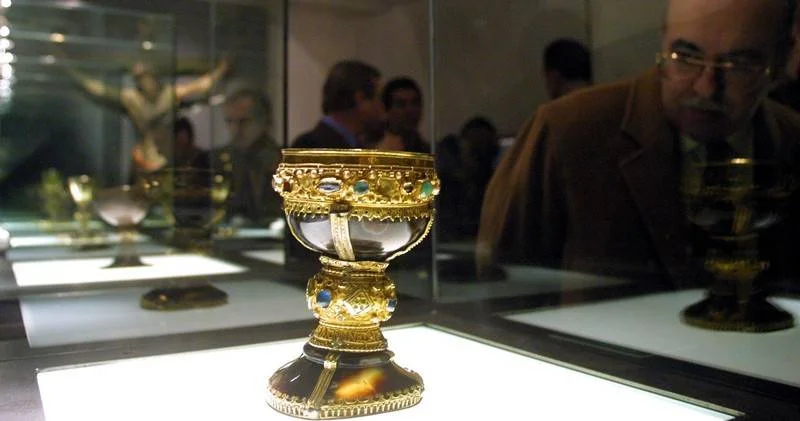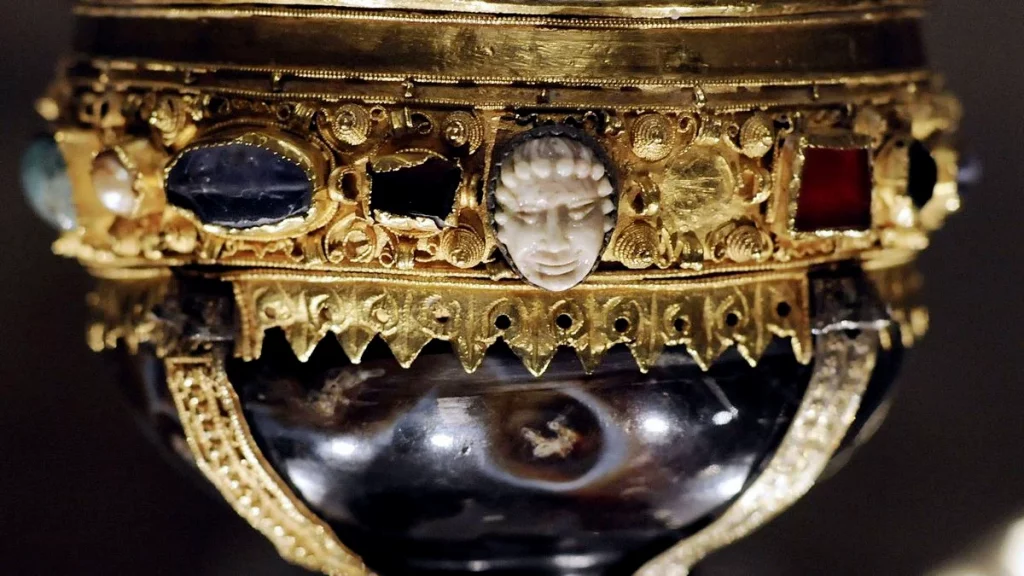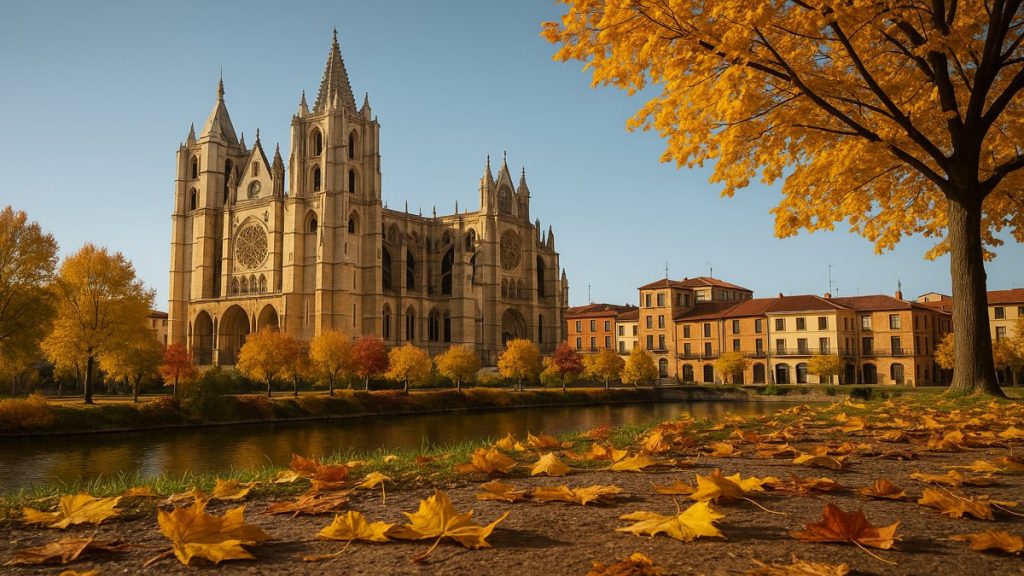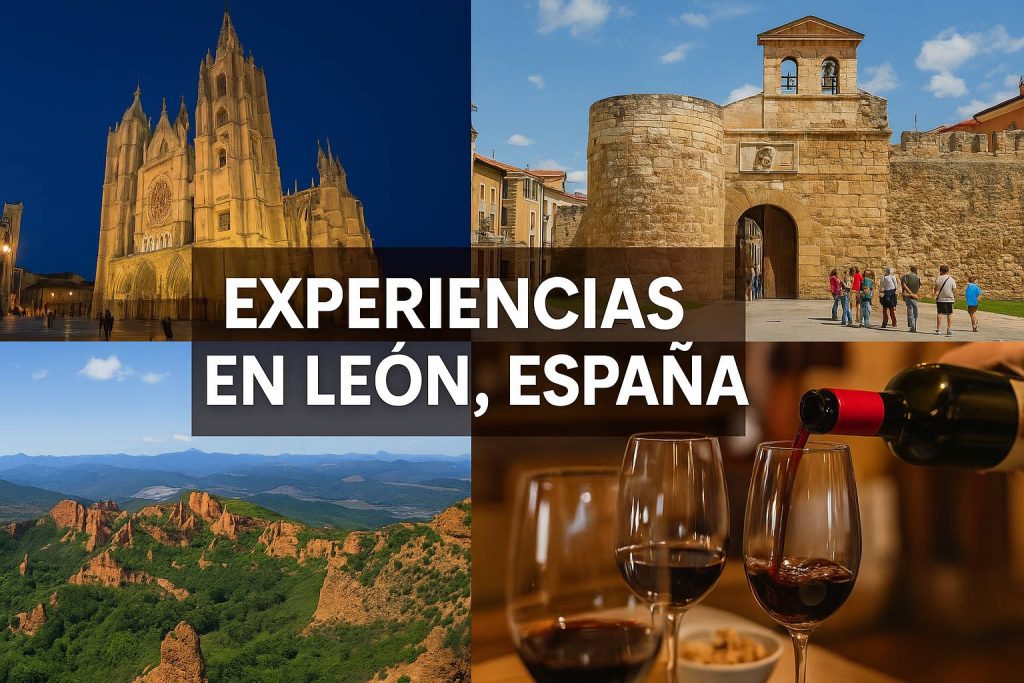The Holy Grail is one of history’s most enigmatic objects. For centuries it has been sought in Templar castles, abbeys, and cathedrals, yet one of the most compelling theories places it in the very heart of León, at the Royal Collegiate Church of San Isidoro. There you’ll find the Chalice of Doña Urraca, which some experts identify as the cup used by Jesus Christ at the Last Supper.
Beyond the myth, what’s fascinating is how this relic connects León’s local history with one of Christianity’s universal legends. Every visitor who enters the museum comes into contact with centuries of faith and mystery in a place that breathes spirituality.

Why is Doña Urraca’s Chalice said to be the Holy Grail?
The chalice is made from two onyx cups joined by rich medieval decoration in gold, precious stones, and enamel. At first glance it looks like a Romanesque piece from the 11th century, but what makes it special is the hypothesis that its central part—the upper onyx cup—is much older and could be the very vessel used by Jesus.
Tradition holds that after the Last Supper, the chalice was kept in Jerusalem and used by the first Christians. Documents studied by historians Margarita Torres and José Miguel Ortega del Río indicate that by the 11th century it was recognized as a sacred object of great importance in the Christian world.
The fact that this chalice has been preserved intact for centuries in León—and that it is not a legendary object but a tangible piece, accessible and visible in a museum—adds to the fascination and credibility it inspires in researchers and visitors.
The Holy Grail’s journey from Israel to León
According to this research, after the persecution of Christians in Jerusalem the chalice was moved to Egypt for safekeeping. Later, in the 11th century, it reached the Iberian Peninsula through a diplomatic exchange.
The ruler of the taifa of Dénia is said to have given the cup to King Ferdinand I of León as an offering of peace and gratitude for his support during a time of famine. The relic thus entered the Leonese court, where it was embellished with medieval goldsmithing and ultimately deposited in the Collegiate Church of San Isidoro.
The route the chalice is believed to have taken—Jerusalem → Egypt → al-Andalus → León—helps explain why León is considered home to the strongest candidate for the true Grail. This journey links it to the history of the Crusades, the Christian kingdoms, and medieval diplomacy.

The mystery continues
The hypothesis has not been confirmed 100%, but it has sparked enormous international interest. Outlets such as the BBC and National Geographic reported on it in 2014, and since then the San Isidoro Museum has seen a rise in visitors drawn by the possibility of standing before the true Holy Grail.
For many travelers, the experience is not only cultural but also spiritual. Simply standing before a cup that might have been used at the Last Supper evokes indescribable feelings, turning the visit into a moment of personal reflection and historical awe.
Conclusion
The Holy Grail’s journey from Jerusalem to León illustrates the blend of history, faith, and mystery surrounding this relic. Safeguarded in the Royal Collegiate Church of San Isidoro, Doña Urraca’s Chalice continues to spark the imagination of travelers and believers alike. Is it truly the cup of the Last Supper? The answer remains unknown—but visiting León to contemplate it is a unique experience in Europe.
This connection with one of Christianity’s most universal symbols makes León a singular destination, capable of captivating historians, the curious, pilgrims, and spiritual travelers.
Your stay in León to discover the Holy Grail
At León Apartamentos we offer the perfect base to explore this mystery. Just a few minutes’ walk from San Isidoro and the museum that houses the chalice, you can wander the city, visit the Cathedral, Casa Botines, and uncover León’s many secrets.
Our modern, comfortable, and centrally located apartments are ideal for a cultural getaway that combines sightseeing, gastronomy, and an immersion in the city’s most fascinating history.

